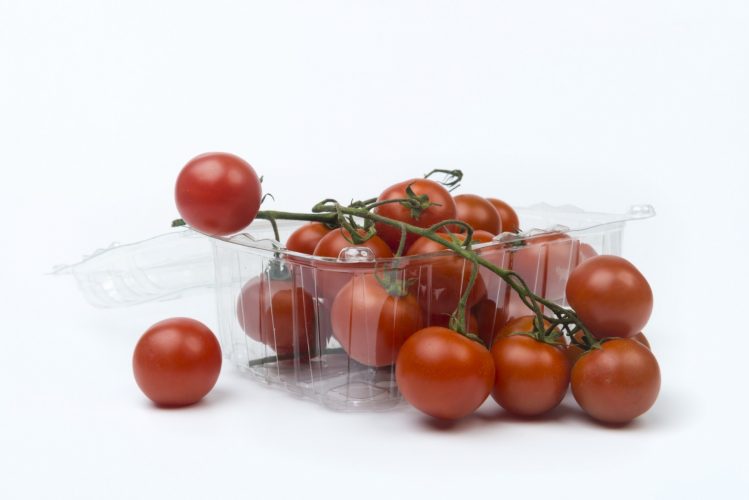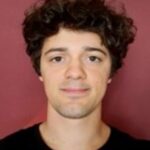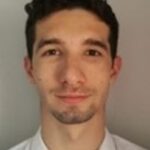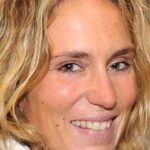The effectiveness in the inhibition of microorganisms by CO2 in the supercritical state is widely demonstrated and finds application here within an industrial process of already packaged fresh foods. This new process, requires that after packaging foods with a CO2-rich mixture that acts on the surface of the food, the package is subsequently brought to the supercritical state at temperatures close to ambient (up to a maximum of 50°C) by pumping a service liquid/fluid (water) into which the products are placed. This preserves temperature-sensitive molecules of fresh foods, maintaining their structure, and extending their shelf-life by at least 20%. Specific tests have been carried out, for example, with “baby” carrots, fruit salad, cooked spinach, ready meals, pasteurized eggs, cheese, and raw or cooked animal products (chicken breast slices, ham) to verify the preservation of organoleptic properties in addition to shelf-life extension.
Legislative analyses were conducted to verify the Barriers to Market Entry for the technology with current regulations (). In fact, CO2, an odorless and nontoxic gas, is GRAS “Generally recognized as safe” by the FDA.
Along with process optimization, a careful evaluation of the most suitable type of packaging for the process, which must also be recyclable, is ongoing. Plant production and sales costs are comparable to those of traditional pasteurization plants.















